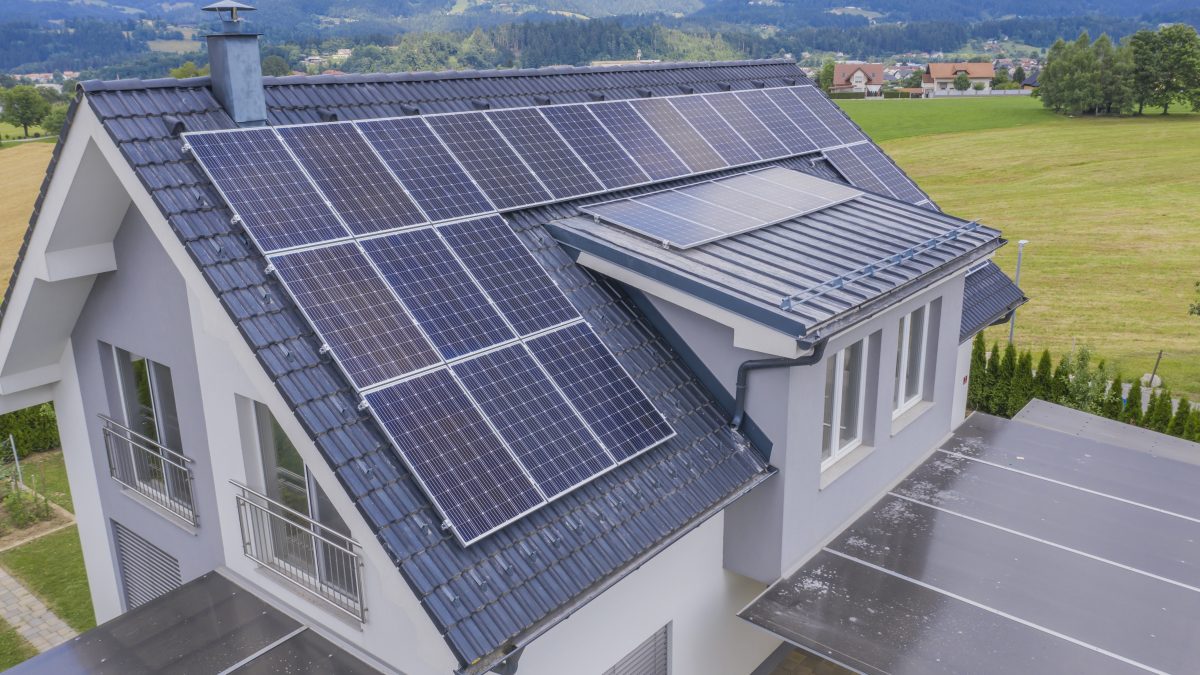Generating our own energy – Opinion column by Rodrigo Barraza
October 15th, 2024
Generating our own energy is not an illusion. Research is advancing and today we can talk about Peer to Peer (P2P) systems, which operate under a scheme of homes that can act as prosumers, with the capacity to generate their own electricity, either with solar panels or as electricity consumers.
To be able to implement this technology, a certain degree of initial investment is required. Now, despite this, in the long term, savings in energy consumption, electricity bills and improvements in the profitability of distributed generation projects would offset these higher initial costs.
From the energy aspect, levels of self-consumption and self-sufficiency in communities would increase, reducing dependence on energy from the grid during periods of high consumption. This would benefit the transmission system by reducing its load and improving environmental sustainability, since the P2P system allows transactions of surplus electricity available from the prosumer to a consumer at a convenient selling price (higher than if it were sold to the electrical grid) and the consumer can acquire this electricity at a lower price than what they would buy it from the electrical grid. Thus, this technology can be aligned with local policies to improve sustainability, energy efficiency, decentralization of energy and the use of the great solar resource in certain areas of the country.
A case study in Viña del Mar, carried out in a community of four homes with 50% photovoltaic penetration, indicates that after the implementation of a P2P market that integrates intelligent control of thermal loads at the residential level, the current self-consumption rate of 57% could increase to 91%. That is, currently about half of the generation is injected into the public grid, while with this technology less than 10% would be injected.
On the other hand, the current self-sufficiency rate of 27% could increase to 45%, where a little less than half of the local demand would be met by distributed generation projects.
In Chile, for this to happen, regulatory changes are required and we must also move towards smart communities, which maintain continuous monitoring and control of their energy generation and consumption.
To facilitate its implementation, studies must continue and pilot projects must be developed to demonstrate the benefits of this technology at a local level and to convince the authorities to make regulatory and technological changes.

